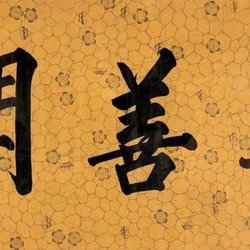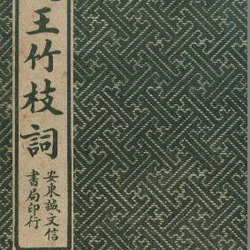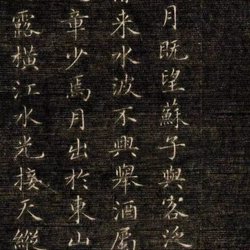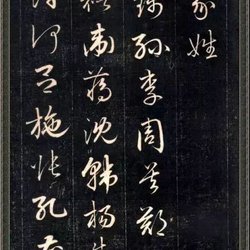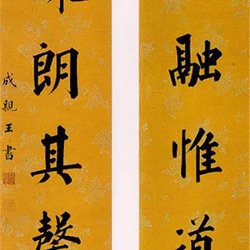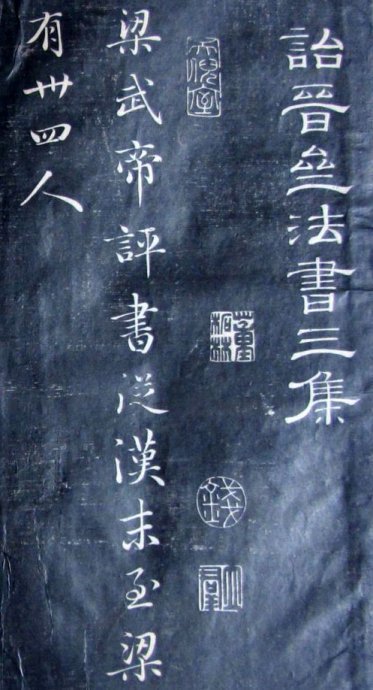
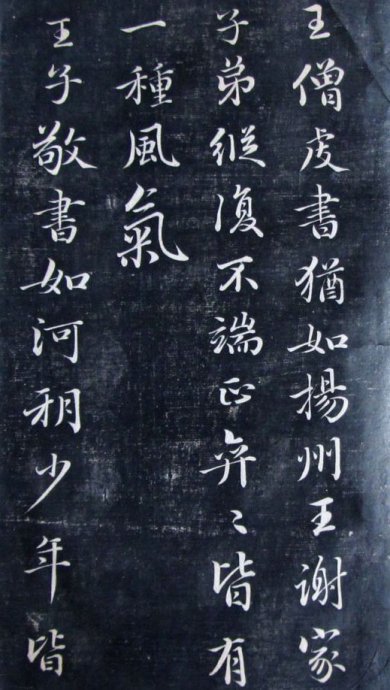
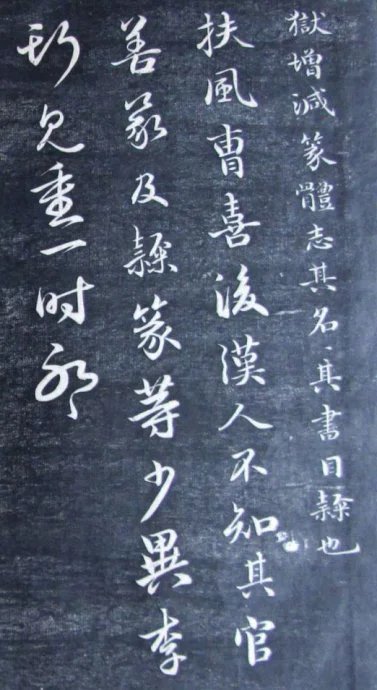
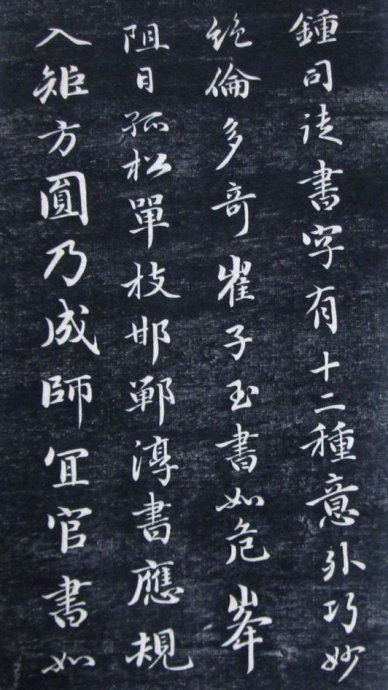
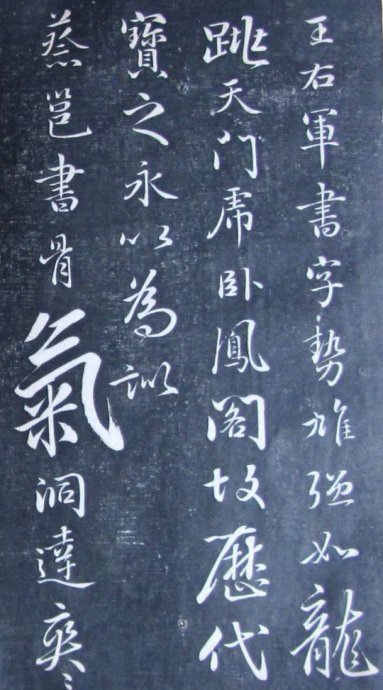
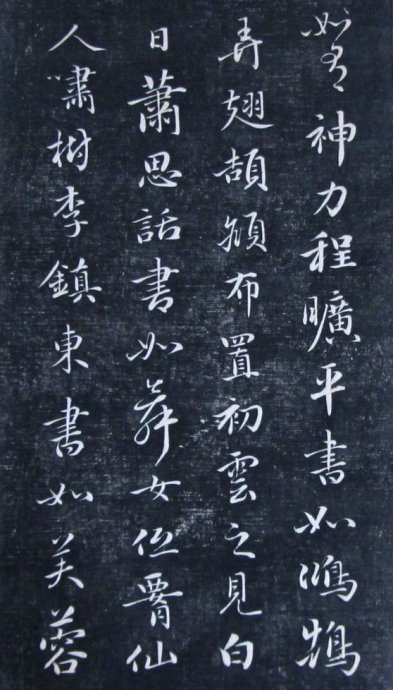
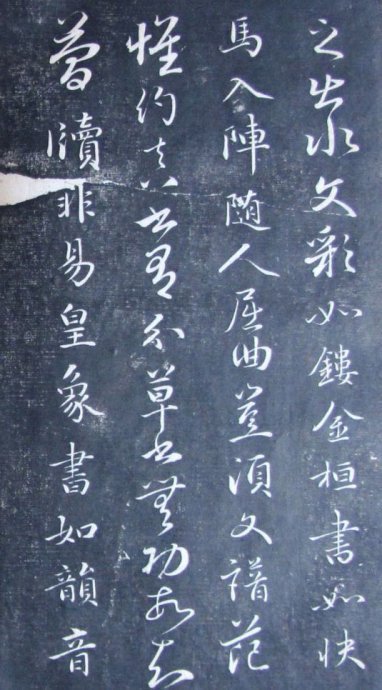
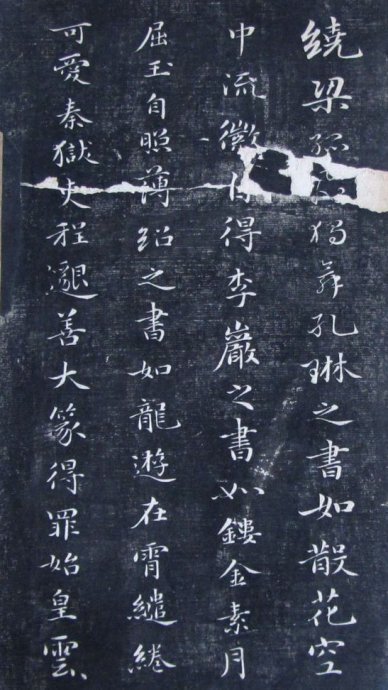

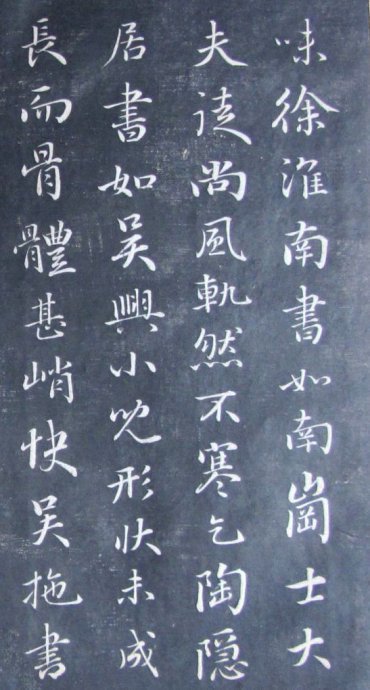
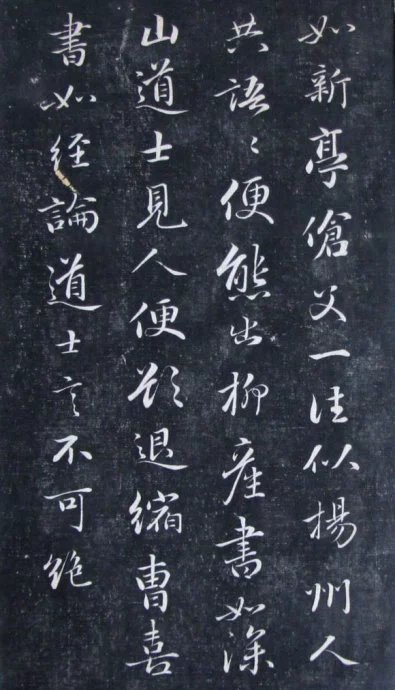
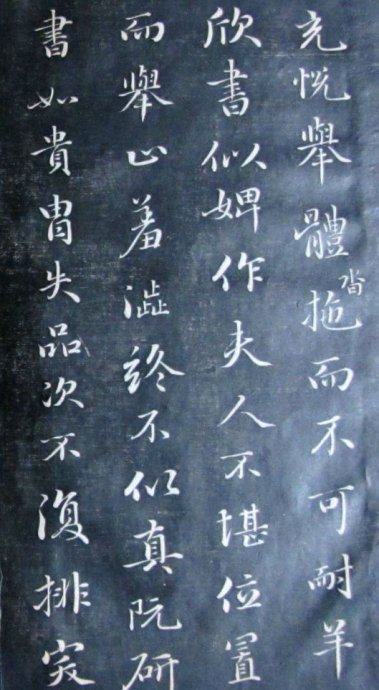
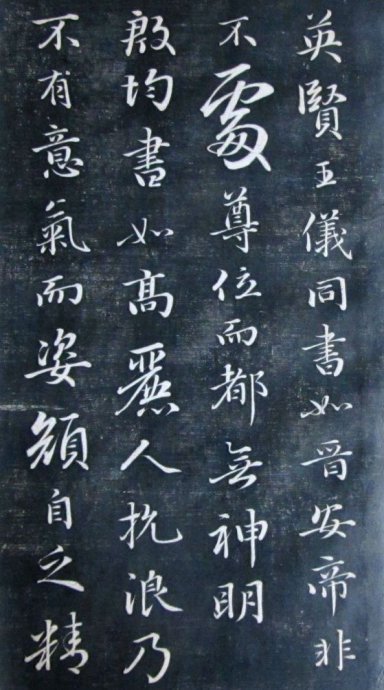
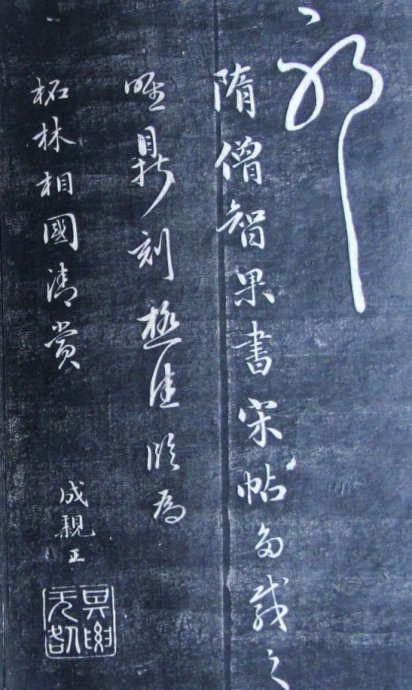
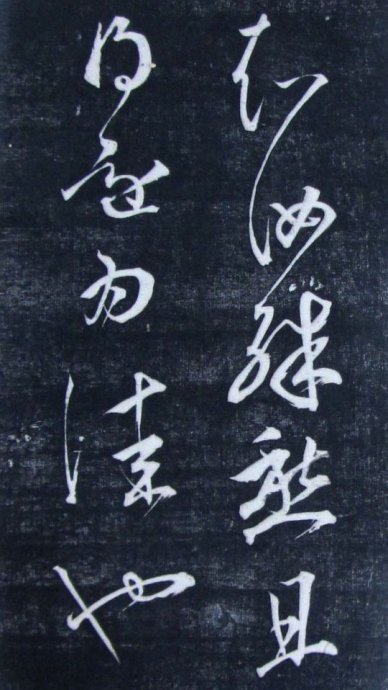
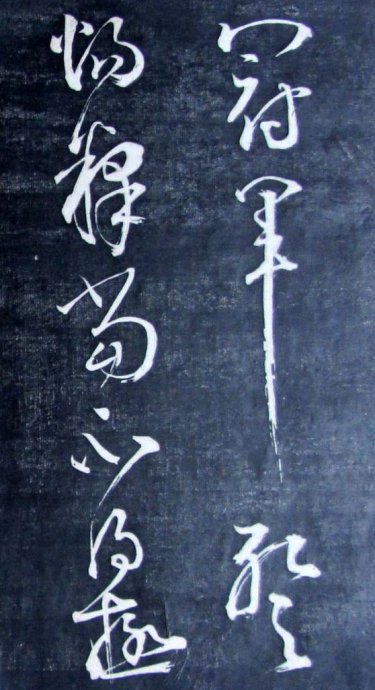
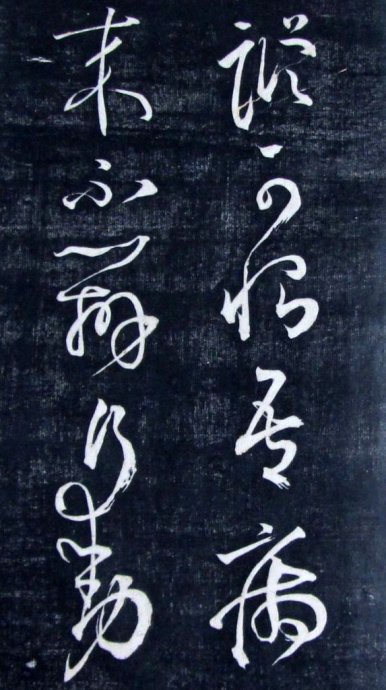
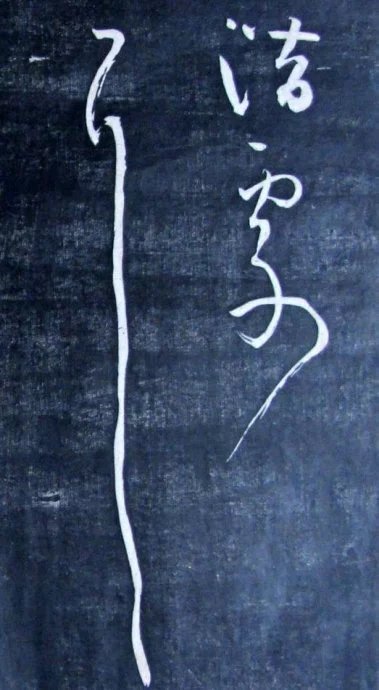
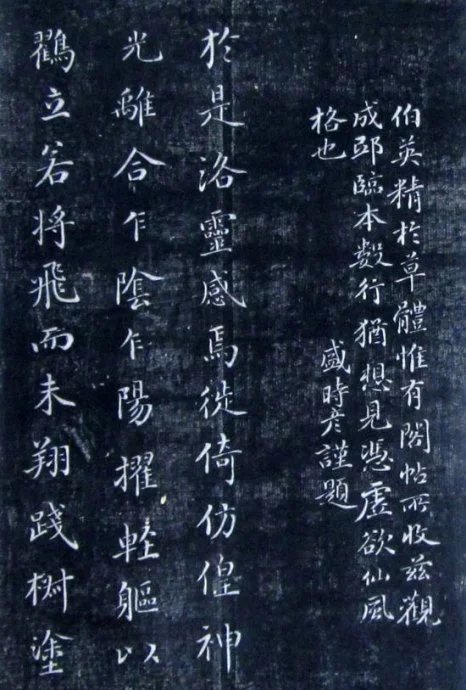
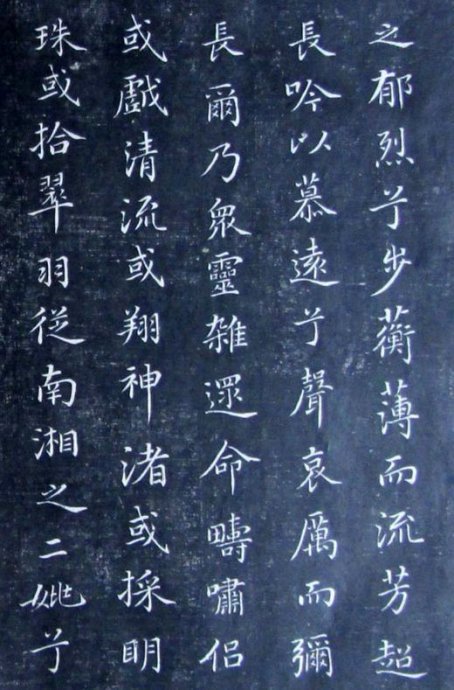
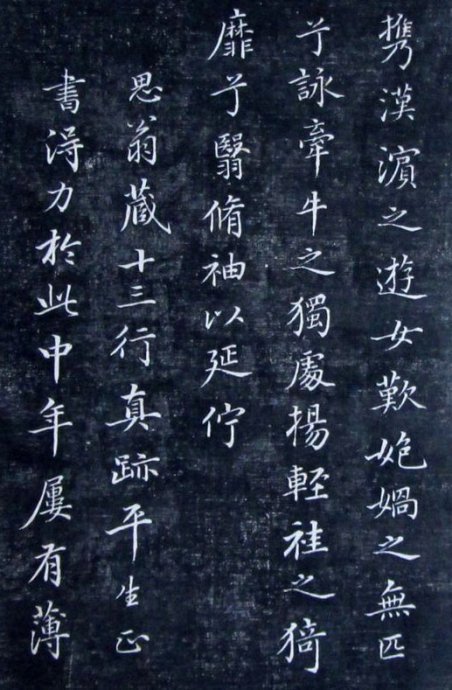
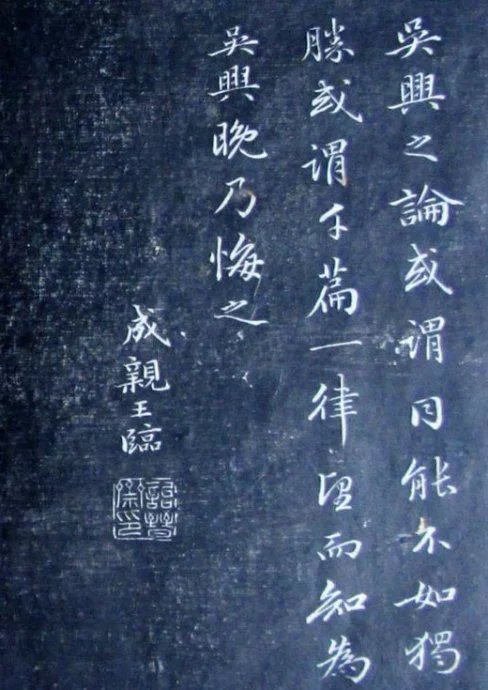
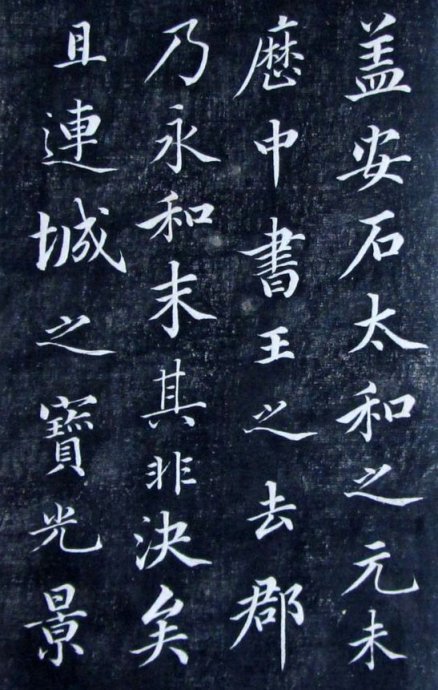

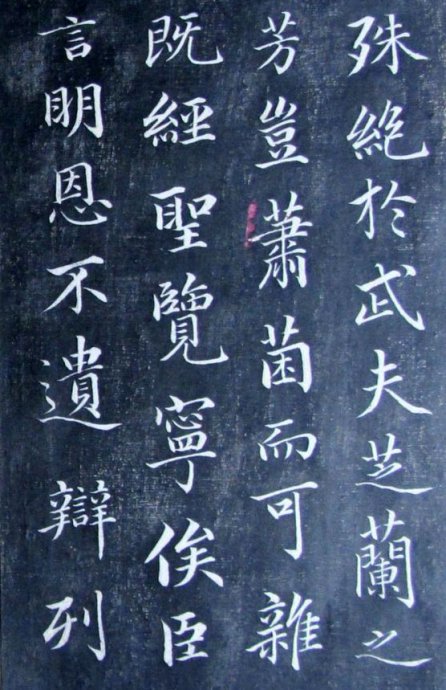
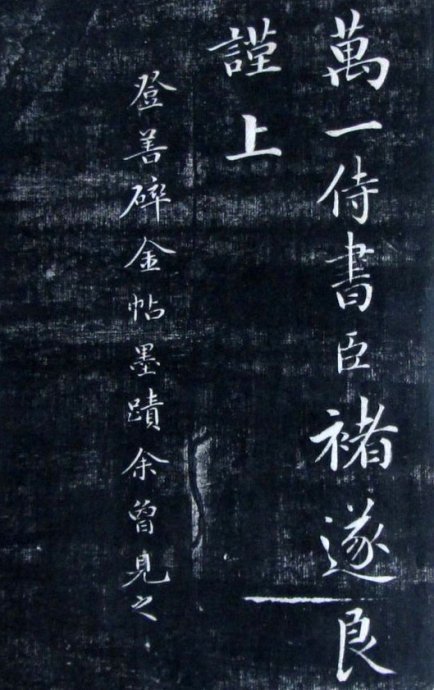
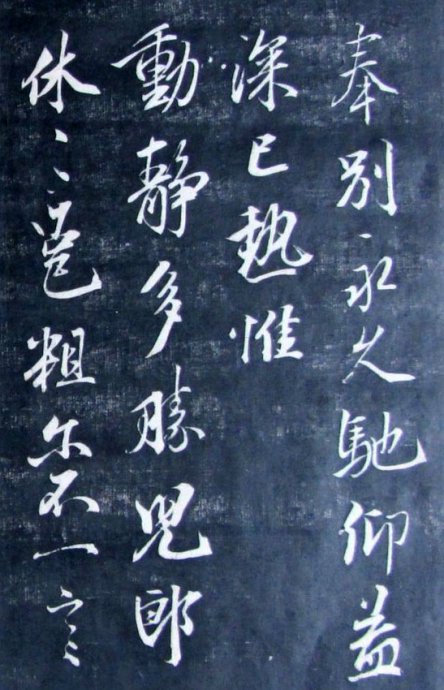
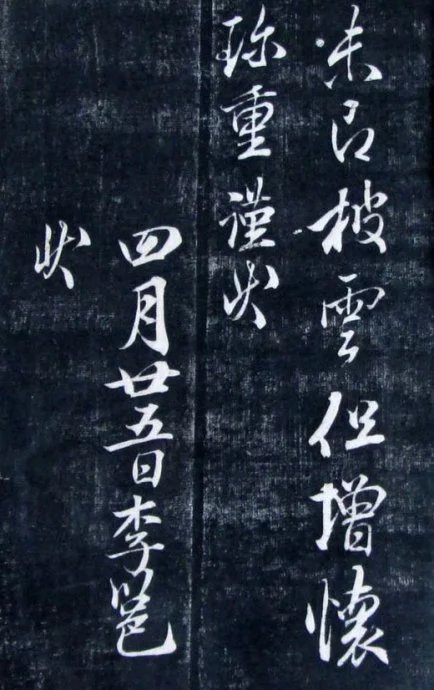
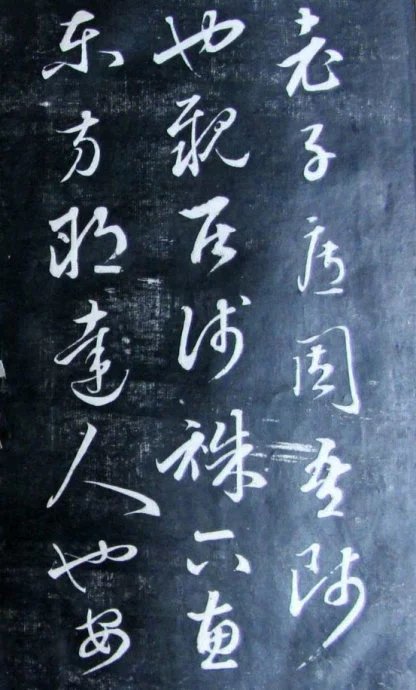
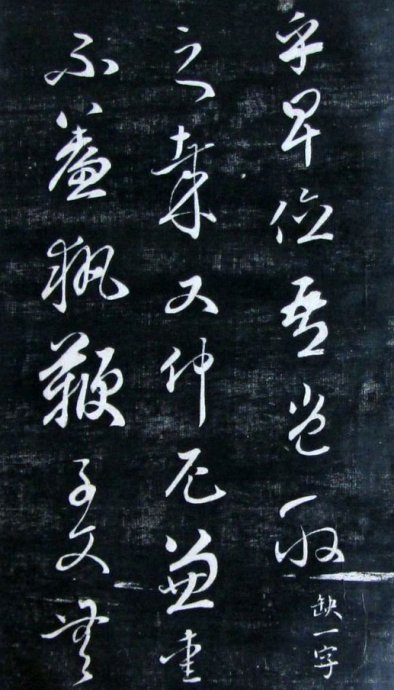
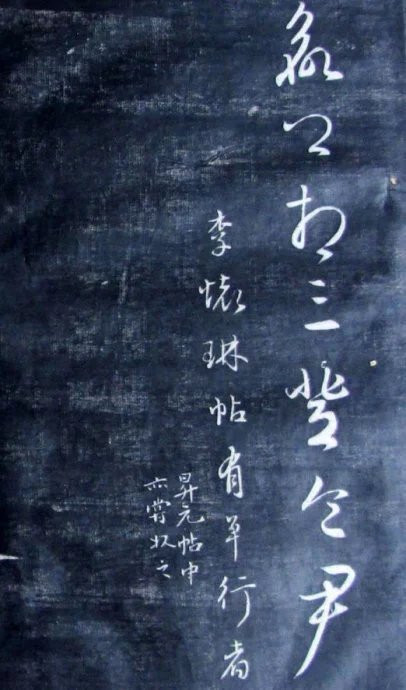
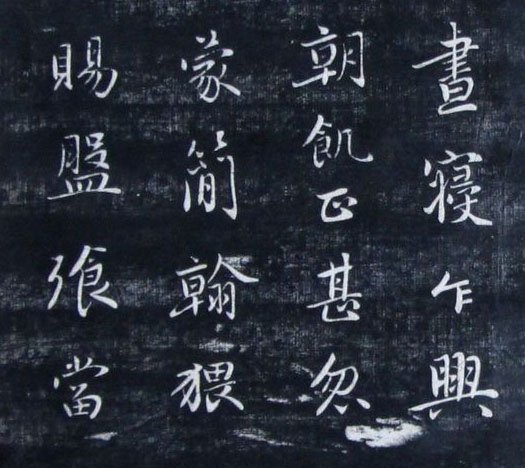
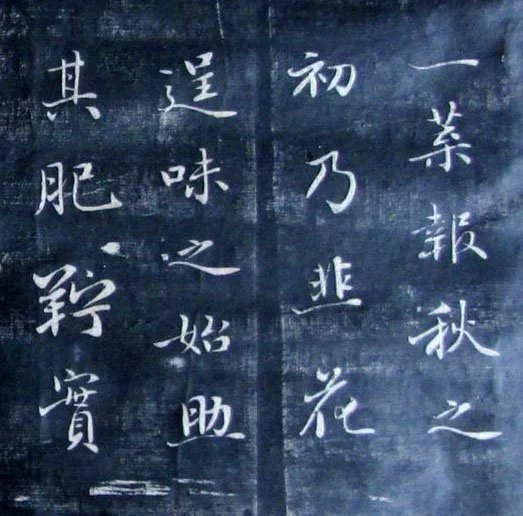
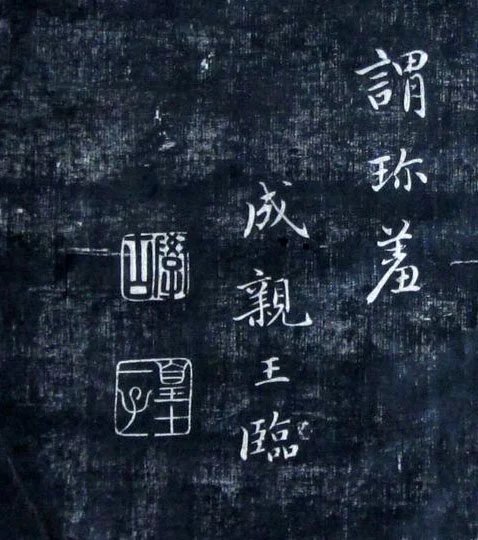
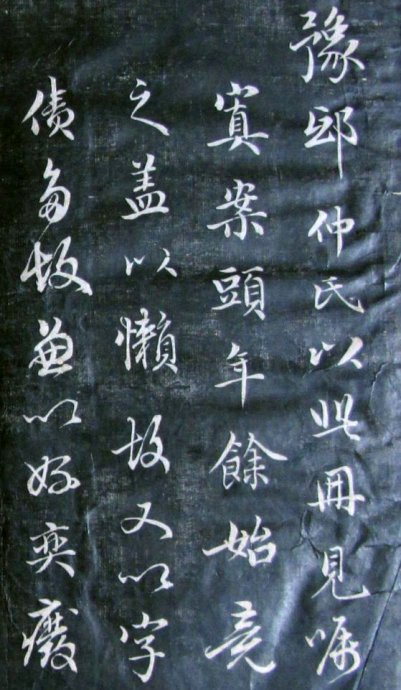
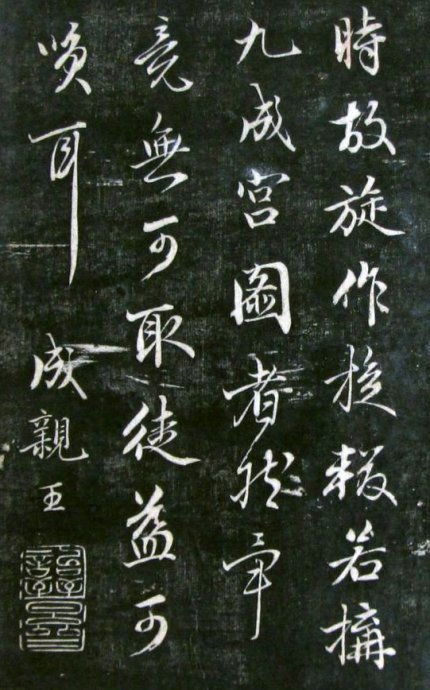
Prince Yongxuan's "Yi Jin Zhai Dharma Book·Three Collections"
"Yi Jin Zhai Dharma Book", sixteen volumes, was copied by Jingui Qianyong in the 24th year of Jiaqing (1819), and a total of 62 kinds of Yongxuan scripts were engraved. Half and half are ancient and self-written. Yongxuan named the book at that time, and Qian Yong also worked on the copy. Therefore, after the calligraphy was completed, it became popular all over the country and had many copies.
Yongxuan's calligrapher was Dong Qichang. His calligraphy style was fresh and graceful, his handwriting was straight and his strokes were revealing. He was famous for a while and was hailed as the gospel of the calligraphy world. During the Jiaqing period, Prince Cheng used the ancient famous relics collected by Jin Luji, Tang Huaisu, Song Mifu, Huang Tingjian and other famous calligraphy to inscribe on the stone. Qian Yong was a great calligrapher of his generation, so this post is one of the most outstanding representatives of calligraphy art in the Qing Dynasty.
Prince Cheng Aixinjueluo Yongxuan (1752-1823) was the eleventh son of Qianlong and the elder brother of Emperor Jiaqing. He served as a military officer during the Jiaqing period.
He has been passionate about the art of calligraphy since he was a child, and he was blessed with unique conditions to get a glimpse of the inner palace's collection. He was very rich in his collection, and his books were famous for a while. Yongxuan's regular script was studied by Zhao Mengfu and Ouyang Xun, and his small regular script was used in the Jin and Tang Dynasties. His calligraphy is elegant in style, sparse in structure and elegant in style. The cursive writing is also elegant, profound and elegant. He was involved in many calligraphies and worked in various styles. Together with Liu Yong, Weng Fanggang and Tie Bao, he was known as the four major calligraphers in the mid-Qing Dynasty. In the ninth year of Jiaqing, an edict stated: "My brother, Prince Cheng, has specialized in calligraphy since he was a child, and has deeply understood the meaning of the ancients' pens. He has been involved in various schools, and has worked in various styles for decades. Recently, the calligrapher of the courtiers' calligraphy, Rarely to his right."
Commenting on his calligraphy, Yang Han's "Xike Zaozhu" said: "The king had a glimpse of the inner palace's collection, and his own collection was very rich, so he had such a large collection of calligraphy. Most of them learned about it from the calligraphy, and did not study the ancient steles in depth. "Ears." "Xiaoting Miscellaneous Records" written by Prince Li Zhaozhen of the Qing Dynasty said: "Yongxuan held a pen when he was young, and Bo Zhen became a writer. Zhao Wenmin, a young worker, also had a taste of being imprisoned during the Kangxi period. It is said that his teacher was as good as when he was young. I saw Dong Wenmin using a pen. He only held the tube with his three fingers and hung it from his wrist to write, so Wang Guang promoted his words and used the method of dialing the lamp." He also said: "Yongxuan's name was important for a while, and the scholar-bureaucrats got a piece of paper and a word, which was as important as Treasure. The commentator said that the dynasty has only one person since Wang Ruolin (Shu)." "Xike Zaozhu" also said: "I have never studied the Zhaishu of Jin Dynasty, but I know that it traces back from Zhao Chengzhi to Ouyang Ledeng. Although he occasionally got involved in various families, he never strayed from the purpose of the two families. The collection of scrolls came randomly, and some of them were out of town and did not match the writing style of the family. Seal characters and official scripts also have legal standards. The intention, and the spirit is sent out, everything is pure and pure, this unintentional is better than the intentional."
Good at collecting. He is the author of "Yi Jin Zhai Poetry Collection" and "Sequel", "Essays", "Cang Long Collection", etc. There is a biography in Volume 221 of "Manuscripts of Qing History". As a member of the royal family, Yongxuan's calligraphy achievements also benefited from his broad vision and extensive collection.
There are many handwritings handed down by Yongxuan, which are concentrated in his personal collection.
In the third year of Daoguang's reign, Yongxuan passed away. At the age of seventy-two, he was given the posthumous title of Zhe and became Prince Chengzhe.


